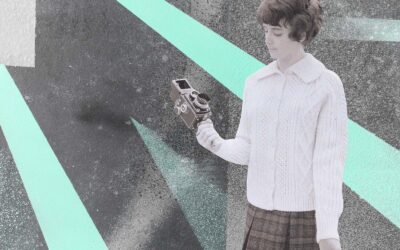Light and Shadow
“Photography is to write with light.” As photographers we devote so much time and discussion to the subject of light that it’s easy to misunderstand or to get too caught up with its emphasis. Many photographers often interpret the focus on light in photography as a need for even, direct light–and lots of it–in every scene you compose. But, it’s light and shadows together that make a great image.
While quantity of light is super important in creating good images, there’s more to making an interesting image than ensuring even light at your subject. In most cases, even light falling across a subject eliminates all shadow and leaves the person or object in a photo looking flat. We tend to focus on light itself and let the shadows fall where they may so to speak. A good example are subtle shadows on one side of a person’s face provide a sense of shape. And a beam of light shining into a room through a small passageway, leaving much of it in shadow, makes it look three dimensional when our medium is actually only two dimensional.
“It’s the way light is used in combination with shadow that makes a subject come to life”
Think of shadows as an entity as alive as the light we covet so much for our own photography. It’s the shadows that shape the light, draw attention to the light, and integrate with the light to produce striking and more interesting photographic opportunities than if we simply focused on the light alone. Truth is most of us run away from shadows because they are often so difficult to deal with. If we are to reach our full potential as photographers, we must think as much in terms of mastering the shadows as we do of mastering the light itself.
Our first light and shadow workshop was recently held at Marie Selby Botanical Gardens and it was a great exercise and lots of fun. We were all reminded just how different it is to look at many of our compositions from the perspective of the shadow first. Try it on your next shoot.





